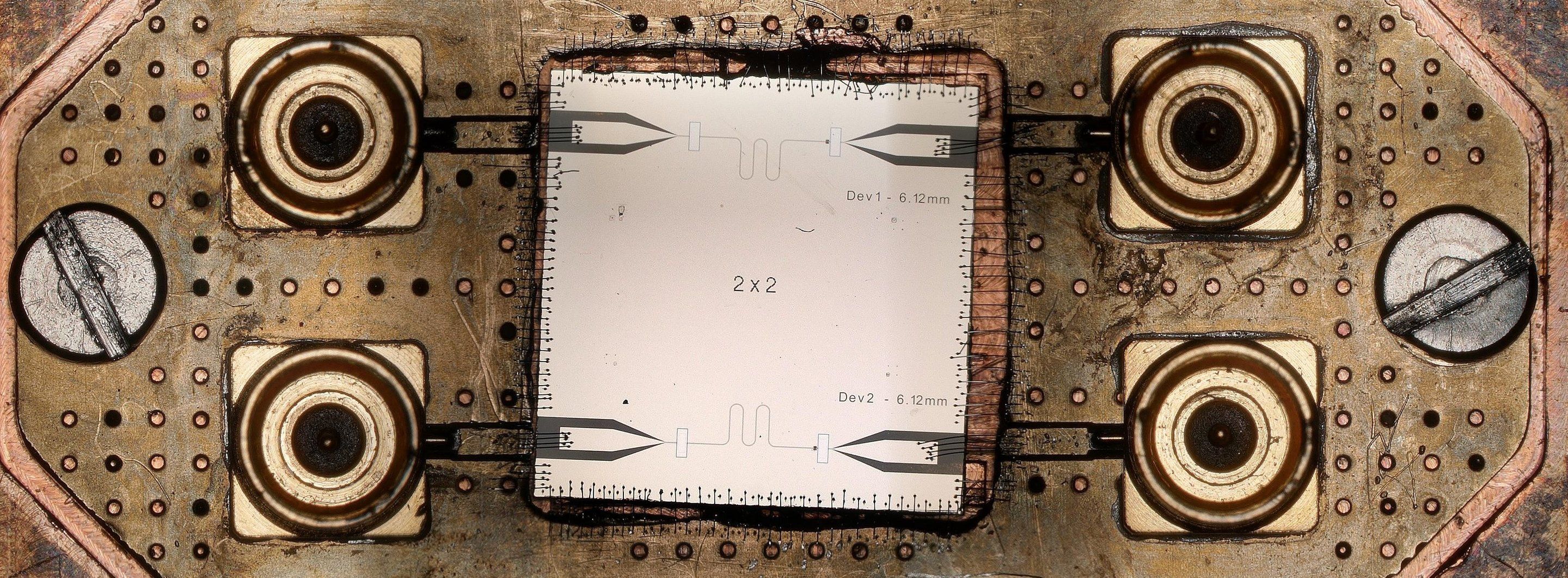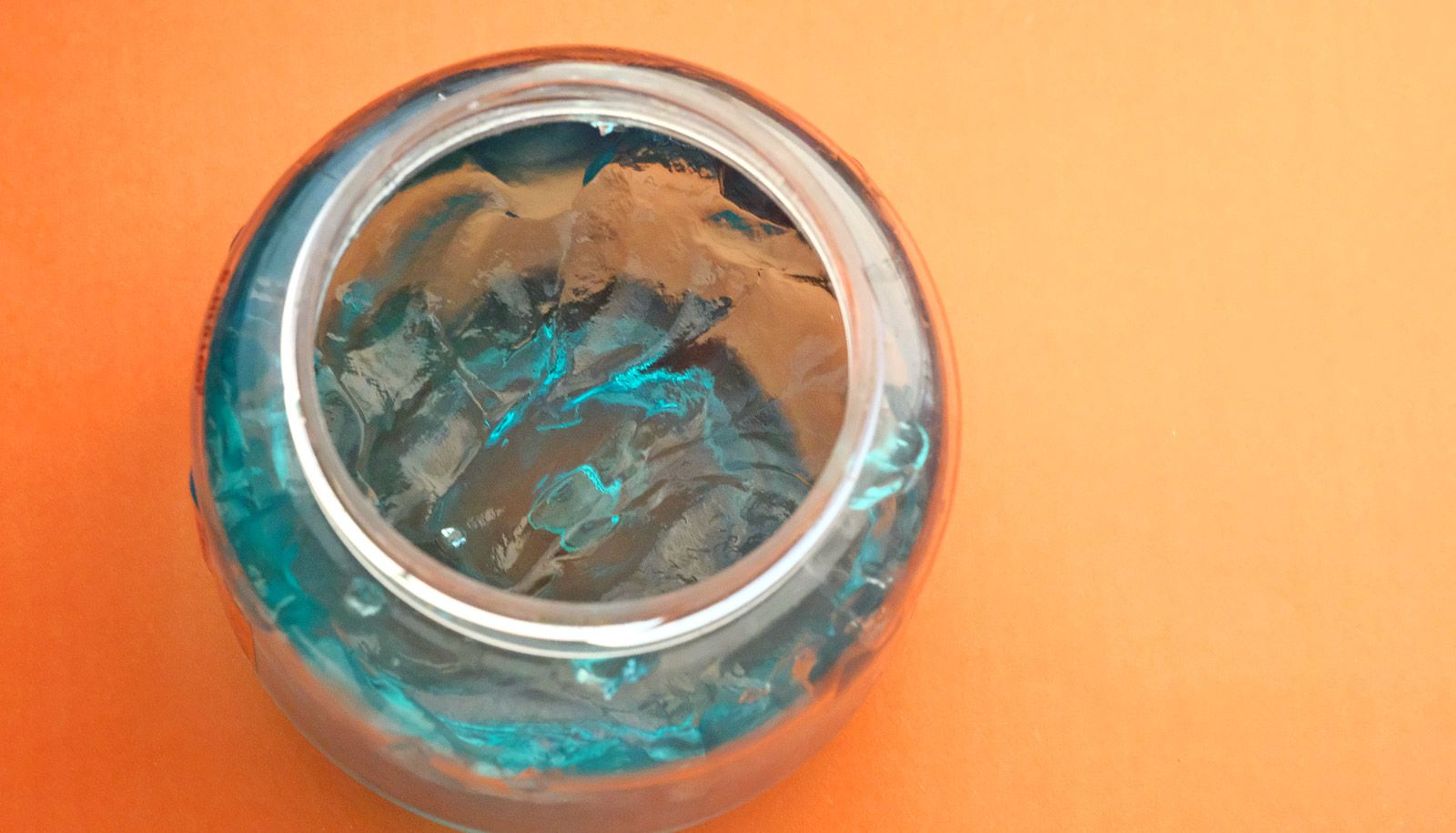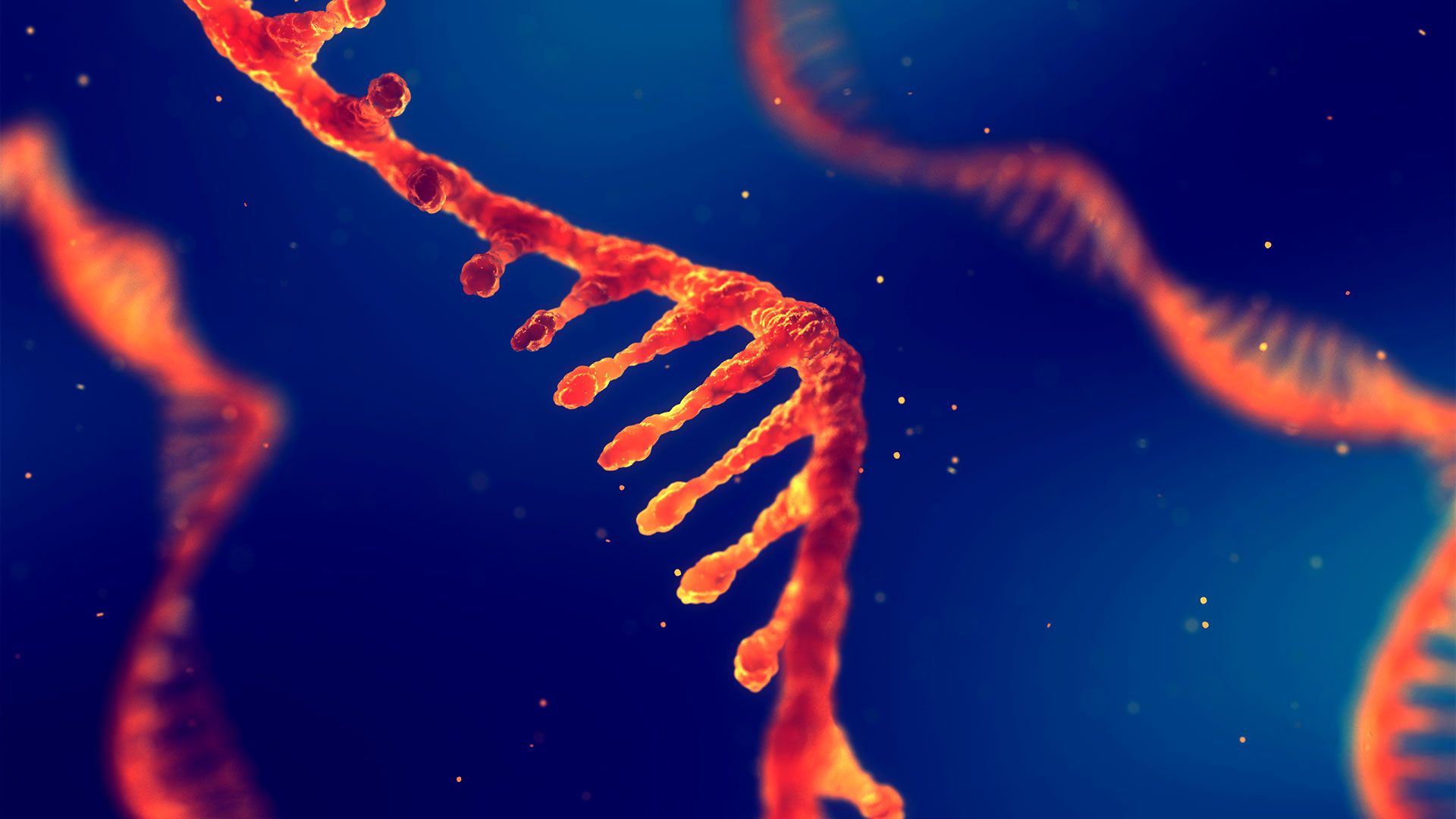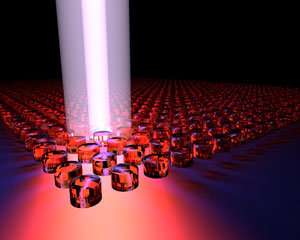A peroxide scavenger nanoparticle reduces systemic inflammation in mouse models.
With 19 million cases per year worldwide, sepsis is one of the most life-threatening conditions in the intensive care unit. However, to date, there is no specific and effective treatment. Oxidative stress has been shown to play a major role in sepsis pathogenesis by altering the systemic immune response to infections, which, in turn, may lead to multiorgan dysfunction and cognitive impairment. Here, Rajendrakumar et al. developed a nanoparticle-based peroxide scavenger treatment for reducing oxidative stress during sepsis.
To produce the nanoassembly, the authors first developed a water-soluble nanoparticle core containing an active peroxide scavenger and a protein that stabilizes the scavenger and improves its biocompatibility. The nanoparticle core was then coated with a polymer material conjugated with mannose to help the final nanoassembly target inflammatory immune cells through the mannose receptor on the immune cell surfaces. The authors first confirmed in cell cultures that the nanoassembly can selectively reduce hydrogen peroxide–mediated free radical production with minimal toxicity. In cultures, immune cells demonstrated enhanced intracellular uptake of the particles and reduced production of inflammatory markers during activation. To demonstrate the therapeutic efficacy in vivo, the authors carried out three sets of animal studies. In the first set, the nanoassembly was shown to reduce locally induced tissue inflammation and prevent inflammatory immune cell infiltration.









